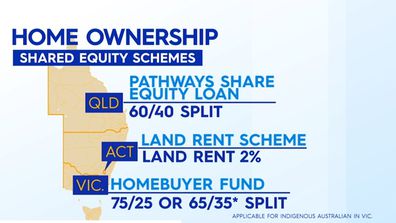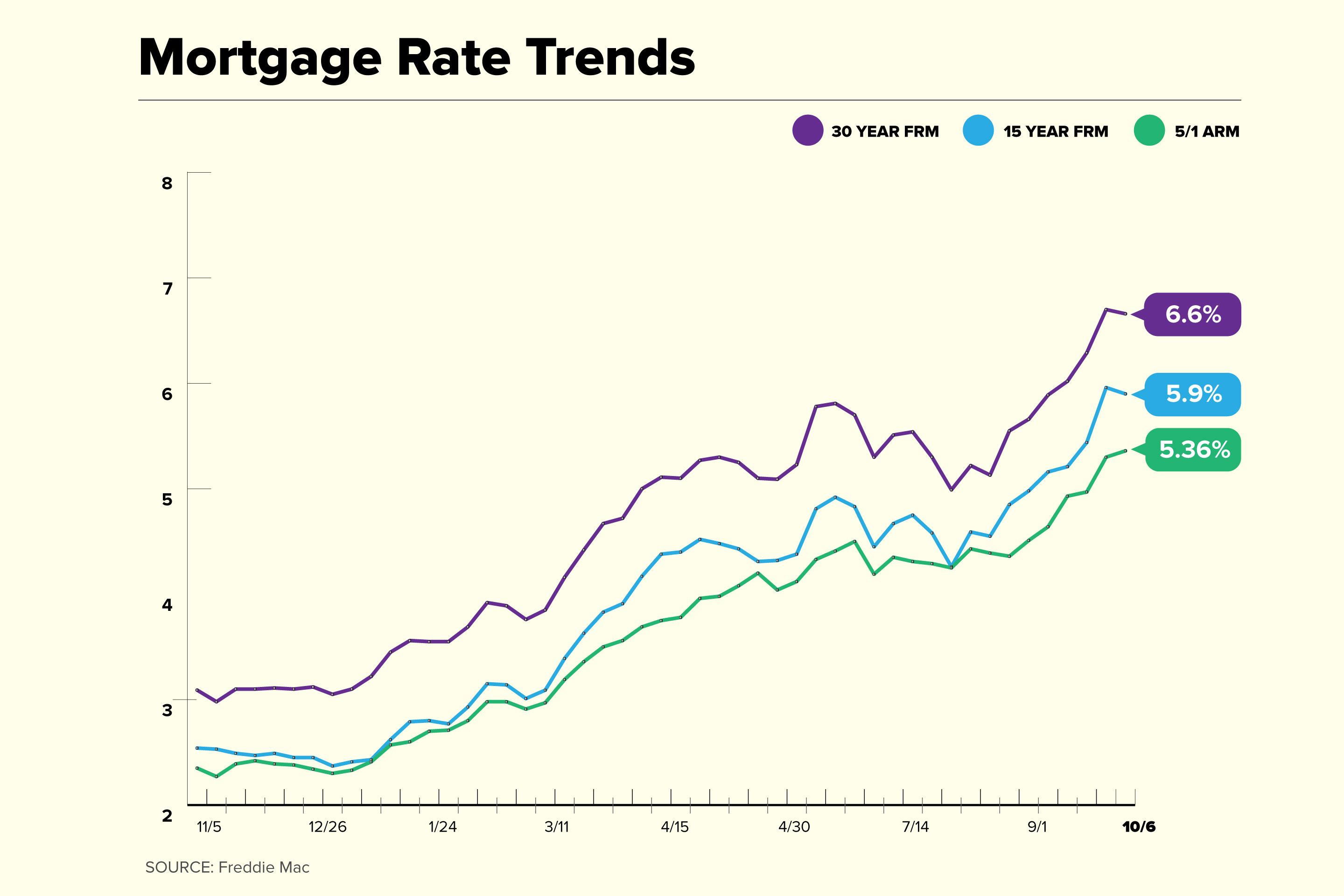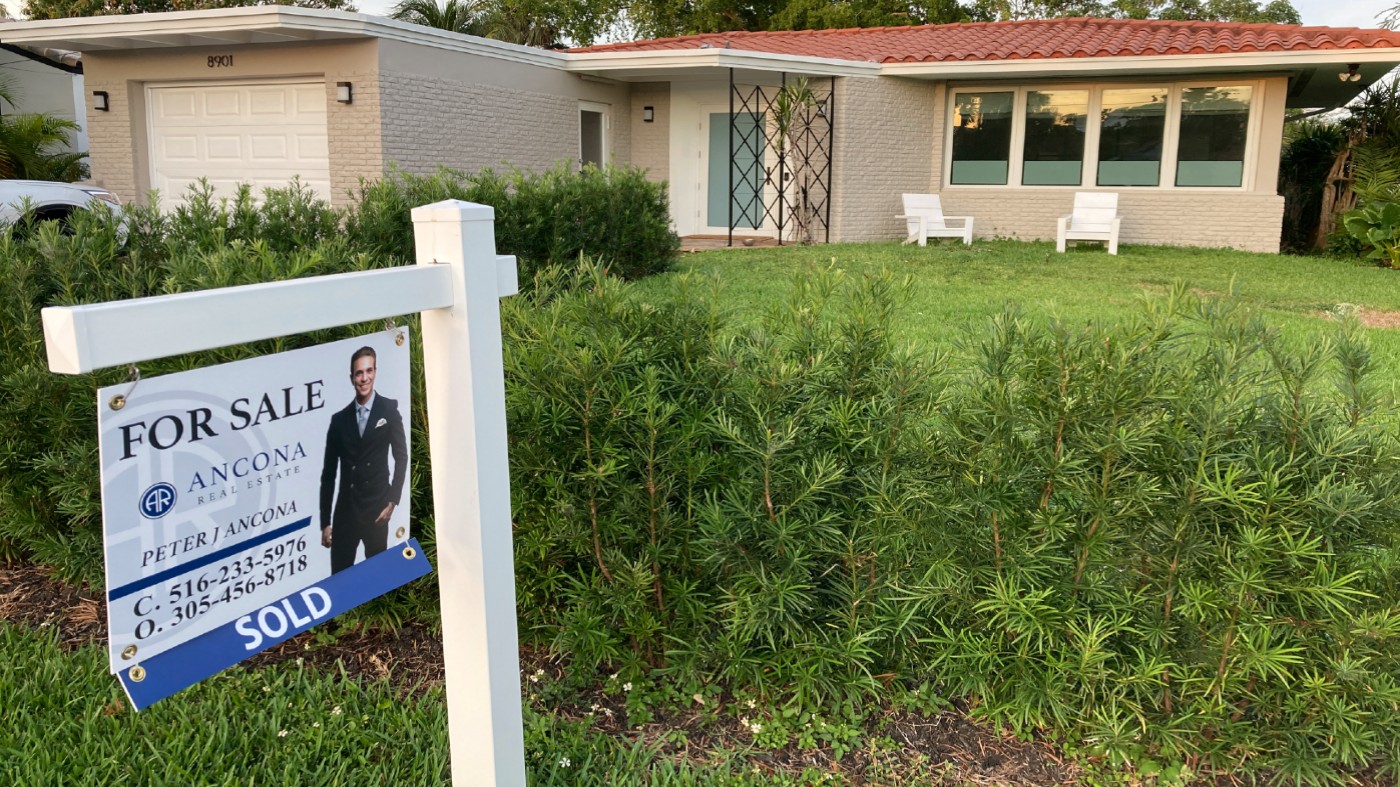
A stable job history is required in order to be eligible for a HELOC. This is important for the lender, as it will help you determine if you can pay back your loan over time. There are many options for applying for a HELOC. There are several options available to you: early repayment, making a balloon, and making an initial payment.
You can pay down your HELOC before it expires
HELOCs are a great way for you to quickly pay off your mortgage. However, it does require some planning. To pay your mortgage off early, it is important to know your equity. This will allow you to transfer expenses to your HELOC account in order to lower the balance. It is important to ensure that your monthly cashflow exceeds your expenses. To do this, you can use your HELOC to pay your monthly mortgage payments and other bills. For easier payments, a debit-card should be attached with your HELOC.
Also, paying your HELOC off early can help you save on loan interest. Depending on your lender and your HELOC draw period, you may be able to pay off your loan more quickly by paying down the balance early. This will lower your interest payments and make your HELOC payment faster.

Making a lump sum payment
If you have a low monthly budget, you can make a balloon loan payment. The balloon balance can be paid off at the end. Borrowers are required to pay monthly interest until the balloon matures. Then they will have to repay the principal amount. Often, these loans are borrowed because borrowers do not have the cash to make their balloon payments. However, there are people who are able generate enough cash to cover their balloon payments by the due date.
If you are considering making balloon payments with Heloc payments, a financial advisor should be consulted to help you make an informed decision. Generally, it is not a bad thing to make balloon payments, but you should always know the terms and conditions of a balloon loan before signing it.
Draw period
HELOC stands for Home Equity Loan. This loan allows you to borrow upto a certain amount against your home's equity. You can then use the money for improvements to your home. This is an option that can be very beneficial. However, HELOC funds are best used when you have sufficient money. Home improvements can increase the value of your house over the long-term. HELOCs do have one downside: The interest rates can change and are linked to a benchmark rate such as the Fed Funds Rate. This means that interest rates can change depending on the economy. Consider other options if your decision is not clear.
If you have good credit, you may be eligible to lower your HELOC payments. This option can be beneficial if you want to pay off your loan balance faster. You should be aware that there may be a prepayment penalty. HELOCs can also be limited in that you might not be able make larger payments when your draw period expires. To avoid this, plan ahead and make smaller payments.

Repayment period
HELOCs are divided into two periods: the draw period and repayment period. The draw period typically lasts between 5-10 years. During this time the borrower pays interest only, while the repayment period requires full payment of the entire loan balance. The length of the repayment period will vary depending on which HELOC you choose and could be between ten and twenty years.
A flexible repayment option is important when choosing a HELOC. HELOC lenders typically offer several payment options. This includes online account management and the ability to pay via bank accounts or checks. You should also make sure you monitor your balance on a regular basis. Extra payments can be made during interest-only periods in order to reduce your balance more quickly and decrease the amount you will have to pay long term.
FAQ
How much will it cost to replace windows
The cost of replacing windows is between $1,500 and $3,000 per window. The total cost of replacing all your windows is dependent on the type, size, and brand of windows that you choose.
Can I get a second loan?
Yes, but it's advisable to consult a professional when deciding whether or not to obtain one. A second mortgage is typically used to consolidate existing debts or to fund home improvements.
How can I calculate my interest rate
Market conditions affect the rate of interest. The average interest rate during the last week was 4.39%. Divide the length of your loan by the interest rates to calculate your interest rate. If you finance $200,000 for 20 years at 5% annually, your interest rate would be 0.05 x 20 1.1%. This equals ten basis point.
What flood insurance do I need?
Flood Insurance protects you from flooding damage. Flood insurance can protect your belongings as well as your mortgage payments. Find out more information on flood insurance.
Statistics
- Private mortgage insurance may be required for conventional loans when the borrower puts less than 20% down.4 FHA loans are mortgage loans issued by private lenders and backed by the federal government. (investopedia.com)
- This means that all of your housing-related expenses each month do not exceed 43% of your monthly income. (fortunebuilders.com)
- Over the past year, mortgage rates have hovered between 3.9 and 4.5 percent—a less significant increase. (fortunebuilders.com)
- Based on your credit scores and other financial details, your lender offers you a 3.5% interest rate on loan. (investopedia.com)
- This seems to be a more popular trend as the U.S. Census Bureau reports the homeownership rate was around 65% last year. (fortunebuilders.com)
External Links
How To
How to locate an apartment
Finding an apartment is the first step when moving into a new city. Planning and research are necessary for this process. It includes finding the right neighborhood, researching neighborhoods, reading reviews, and making phone calls. This can be done in many ways, but some are more straightforward than others. Before renting an apartment, it is important to consider the following.
-
It is possible to gather data offline and online when researching neighborhoods. Websites such as Yelp. Zillow. Trulia.com and Realtor.com are some examples of online resources. Local newspapers, landlords or friends of neighbors are some other offline sources.
-
Find out what other people think about the area. Yelp. TripAdvisor. Amazon.com have detailed reviews about houses and apartments. You can also find local newspapers and visit your local library.
-
For more information, make phone calls and speak with people who have lived in the area. Ask them what they liked and didn't like about the place. Ask if they have any suggestions for great places to live.
-
You should consider the rent costs in the area you are interested. If you are concerned about how much you will spend on food, you might want to rent somewhere cheaper. However, if you intend to spend a lot of money on entertainment then it might be worth considering living in a more costly location.
-
Find out all you need to know about the apartment complex where you want to live. What size is it? How much is it worth? Is it pet-friendly What amenities is it equipped with? Do you need parking, or can you park nearby? Do you have any special rules applicable to tenants?